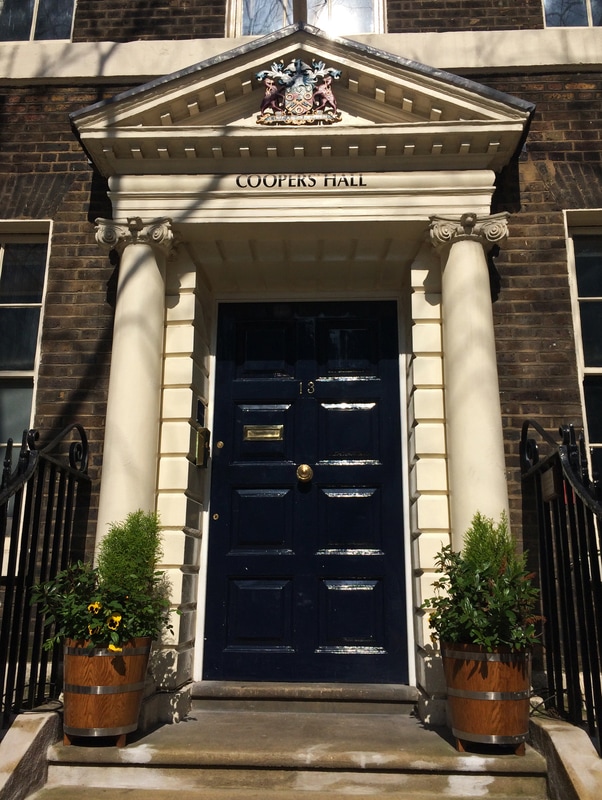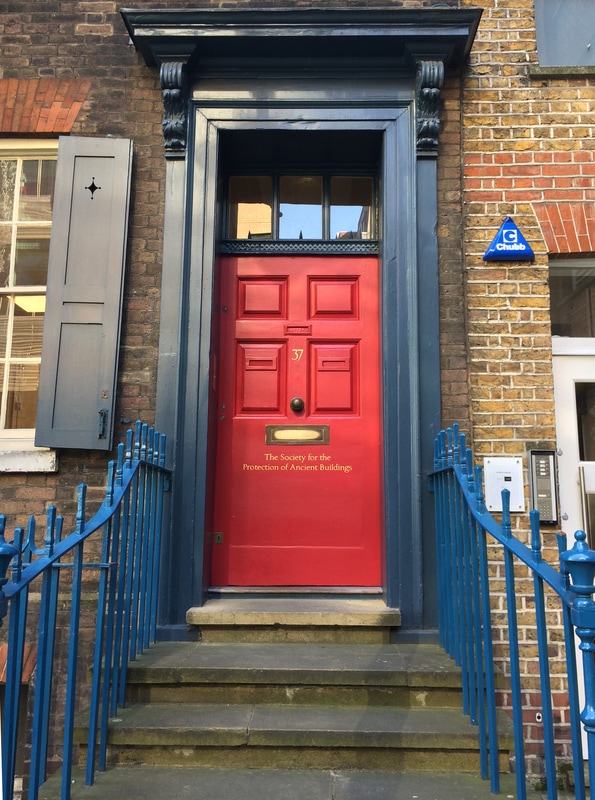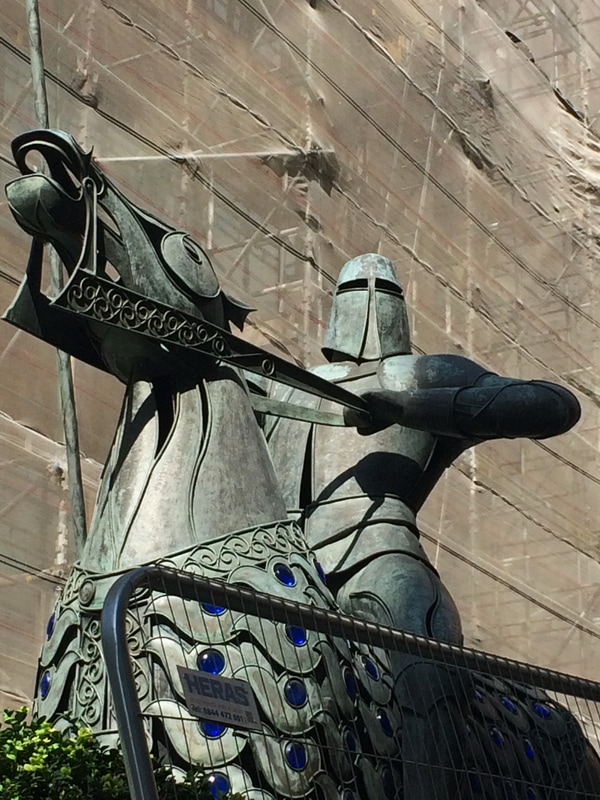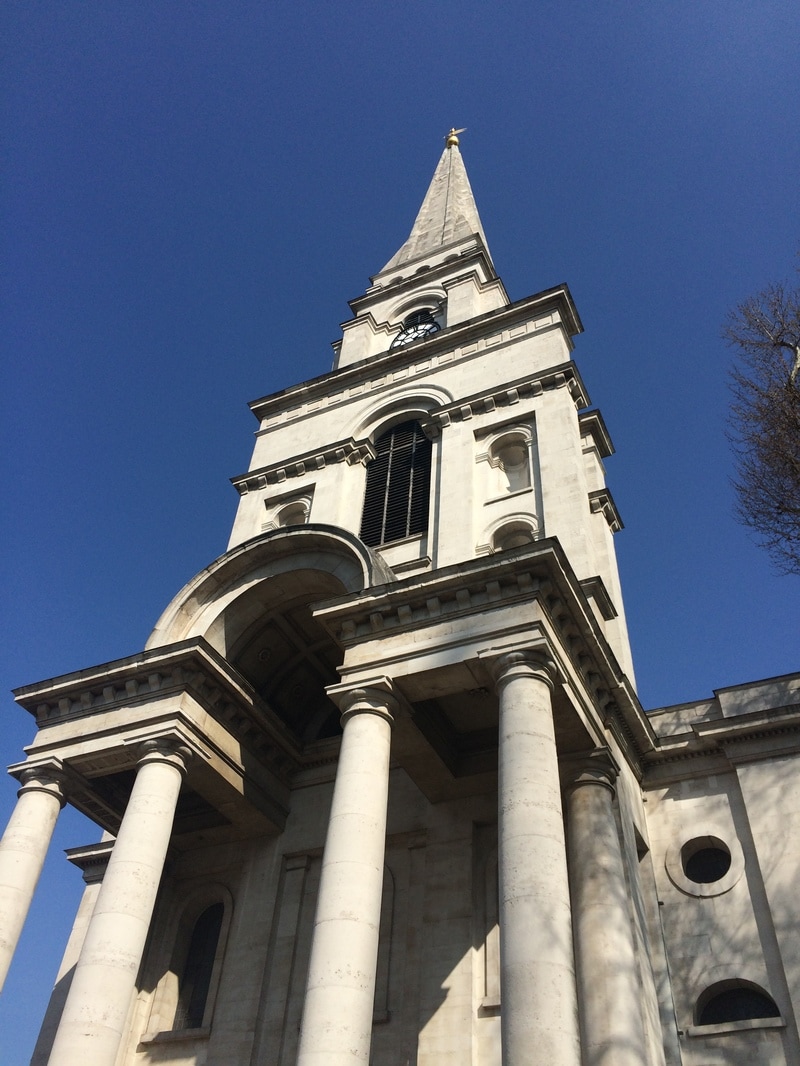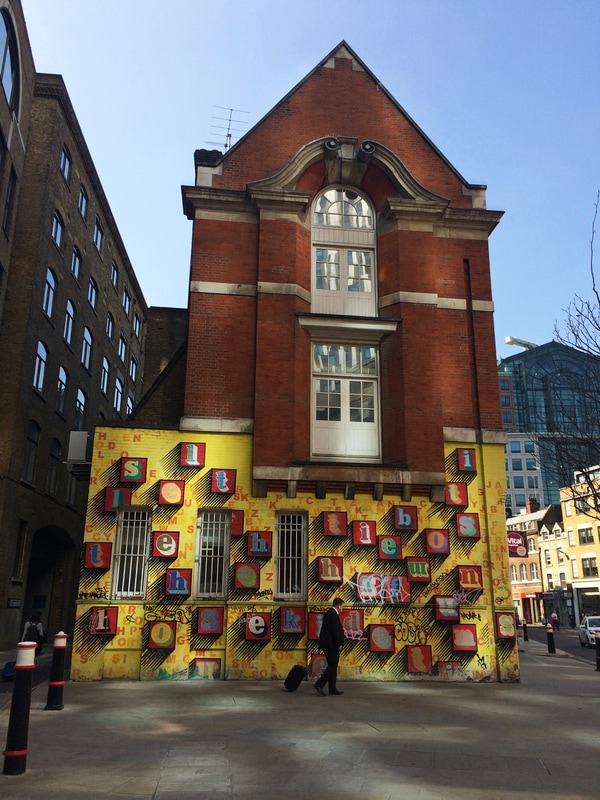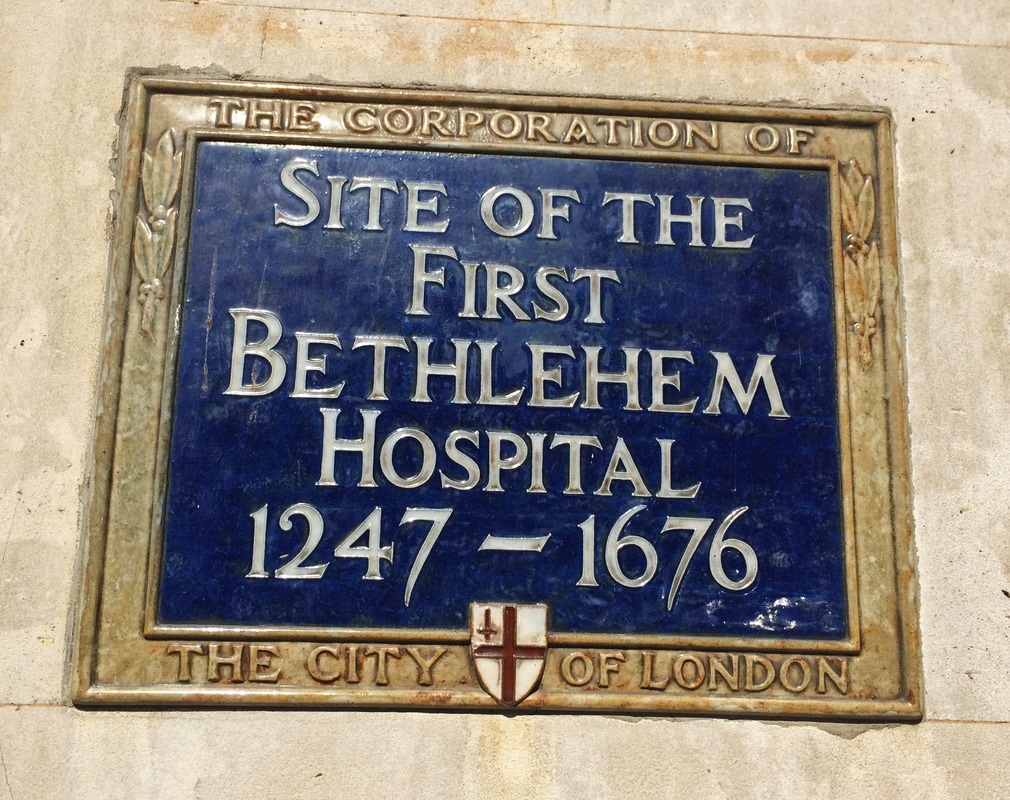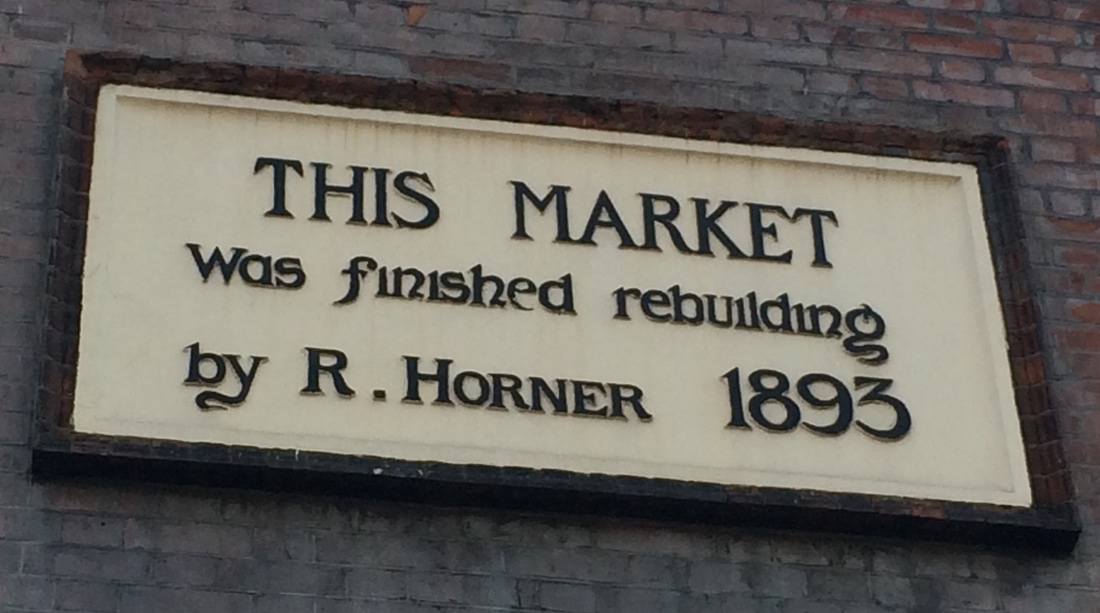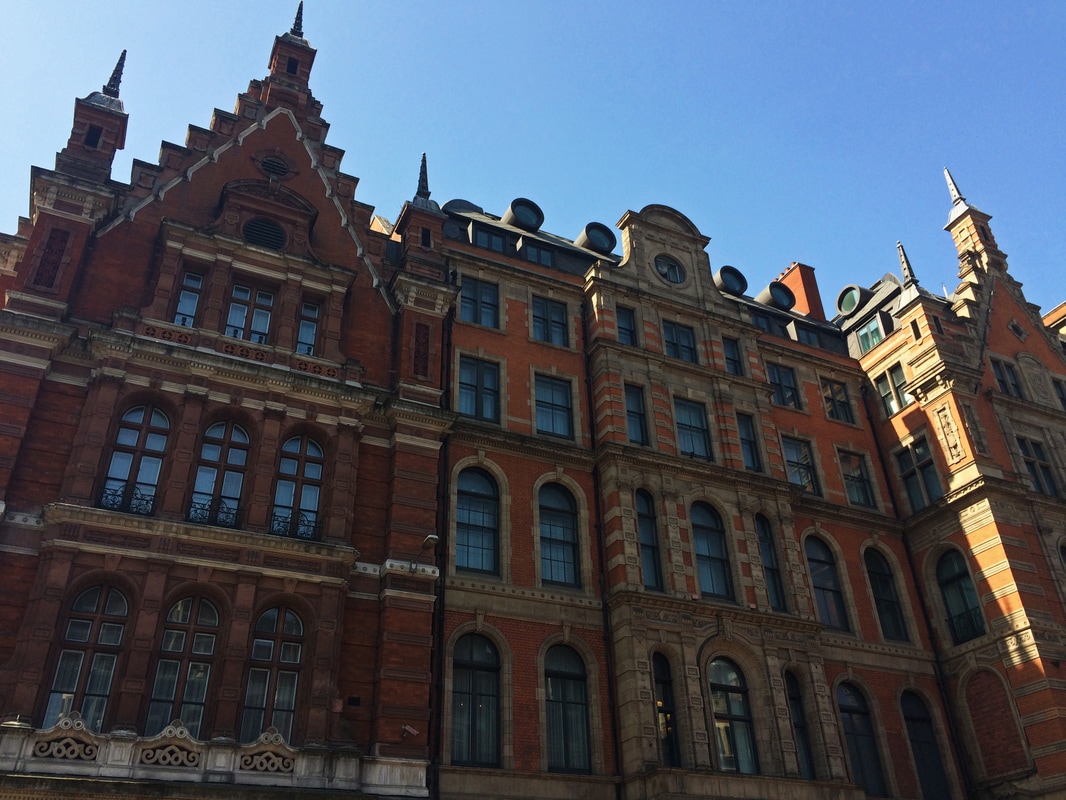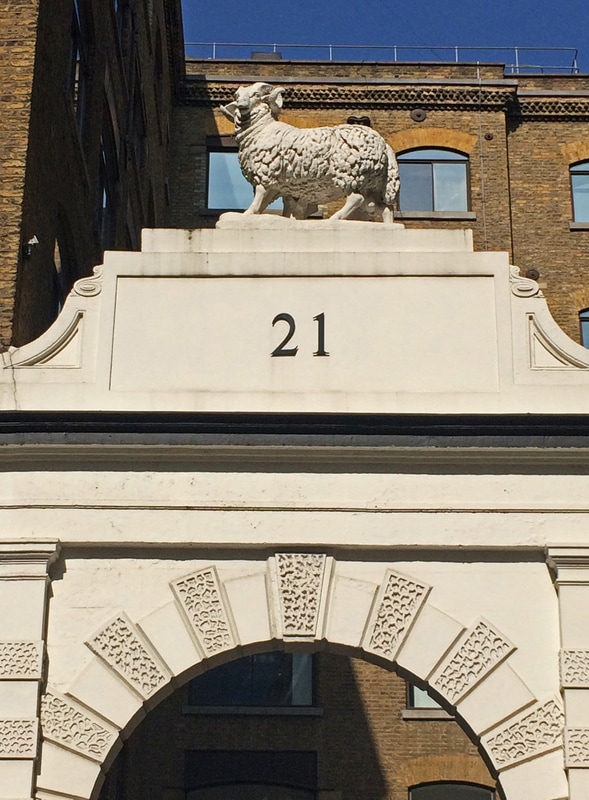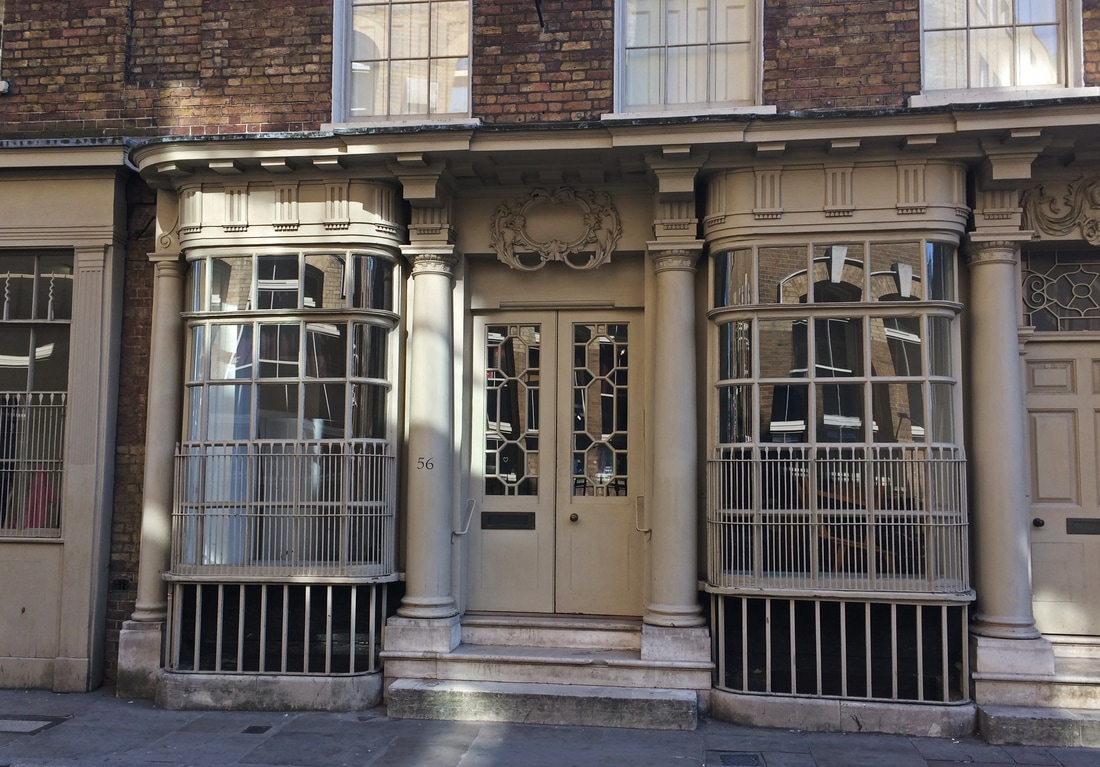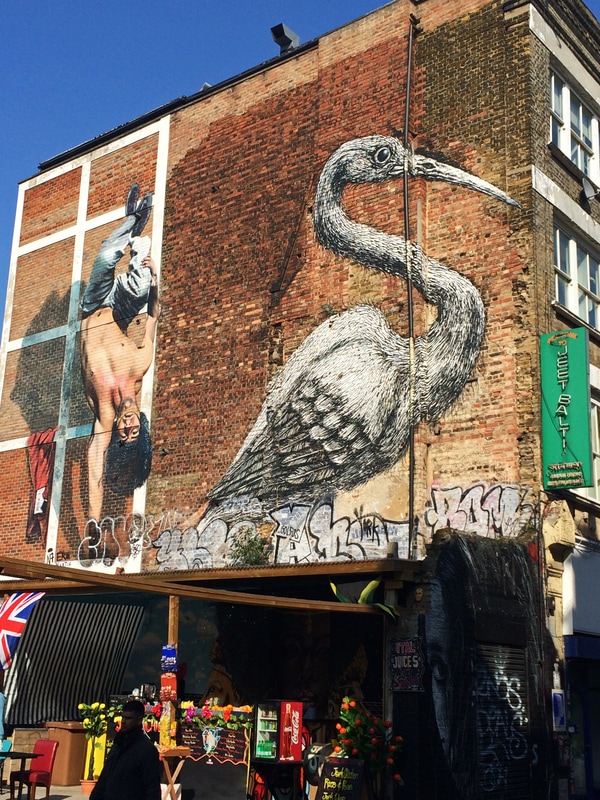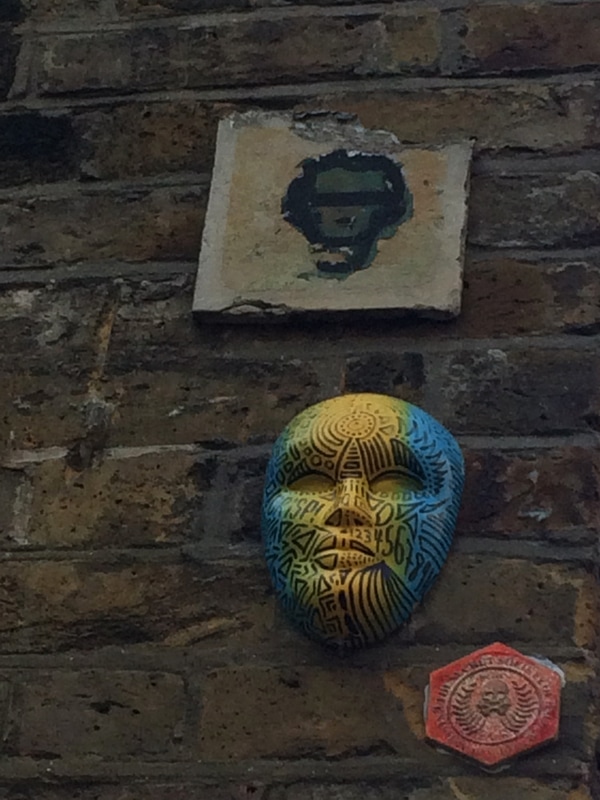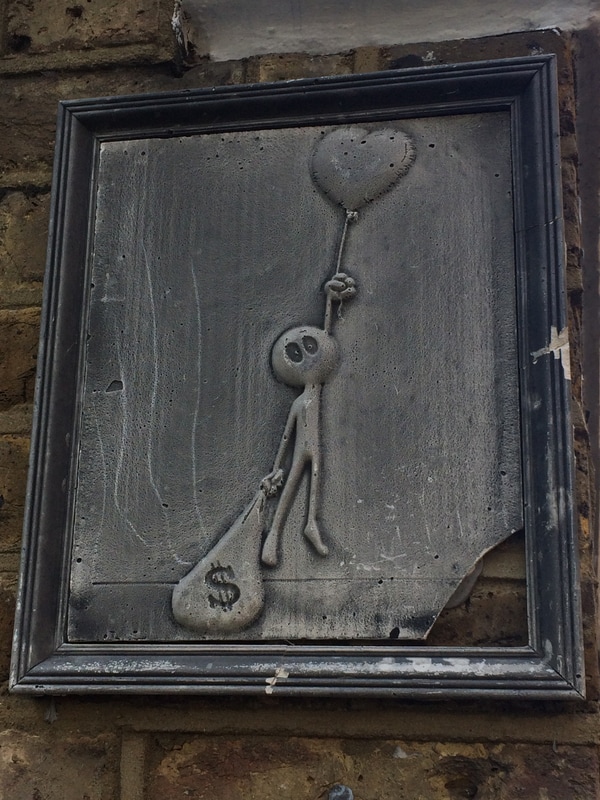|
Until the late 17th century, Spitalfields was a rual area with fields and gardens. After 1685 this changed when 13,000 Huguenot silk weavers arrived from France. As Spitalfields was outside the City of London, the silk weavers setled here so they could avoid various legal restrictions. High terraced houses were built to house the master weavers (those in control of the industry). From 1730, after a decline in the Irish linen industry, Irish weavers arrived. In the 18th century, cheap French silk and printed calico were imported. This led to a depression in trade and lower wages for the weavers. In 1769, the Spitalfield Riots occured - violent protests against these cheap imports. By the 1820s, much of the silk weaving industry had left London. The 19th century saw Spitalfields as one of the poorest areas in London. Waves of immigrants filled the area ... in the late 19th century Jewish refugees arrived and, in the 20th century, Bangladeshis. |
We meet at Aldgate Station We introduce ourselves over coffee before we begin the walk |
On the walk we see:
... and much more! Did you know? By late 19th century, Spitalfields had become one of the worst and most dangerouss slums in London. |
